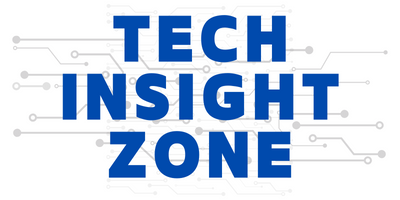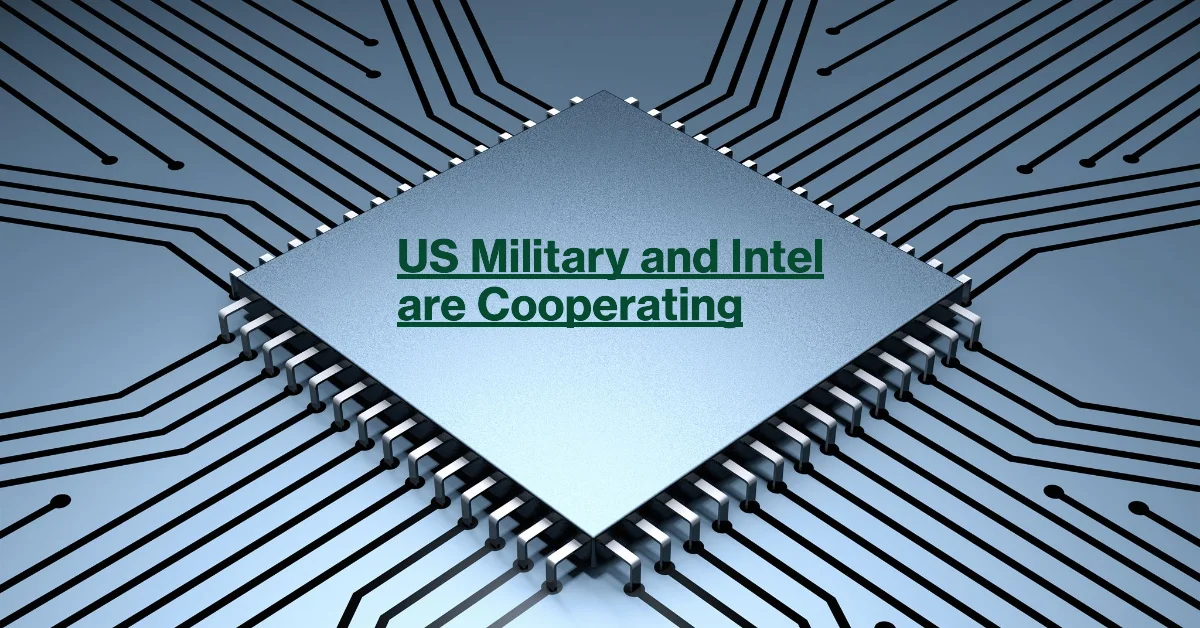This week, the tech world witnessed a significant development with major implications for national security and the future of electronics. The US Department of Defense (DoD) announced it’s entering Phase Three of a program called RAMP-C, and guess who they’ve teamed up with?
Chip giant Intel. But this isn’t your average collaboration. his collaboration grants the DoD early access to Intel’s highly anticipated 18A process technology, a significant leap forward in chip manufacturing with major implications for national security and beyond.
Here’s why it’s a game changer.
What is 18A Process Tech and Why This Matters for the DoD?
1. 18A: A Shift in Chip Architecture
Imagine the processing power of a computer chip condensed into a smaller space, while using less energy. That’s the core idea behind 18A process technology. It’s a significant leap forward from the current FinFET transistors that have dominated the industry for over a decade. 18A utilizes a new design philosophy called Gate-All-Around (GAA) transistors.
2. GAA: A Three-Dimensional Revolution
Think of a traditional FinFET transistor like a tiny gate controlling the flow of electricity through a narrow channel. GAA transistors are fundamentally different. Here, the gate wraps around the channel on all sides, like a miniature, three-dimensional cage. This allows for a denser packing of transistors on the chip, leading to two key benefits:
- Increased Performance: Imagine having more lanes on a highway – that’s essentially what GAA transistors achieve. More transistors on a chip translates to faster processing speeds and improved overall performance. Industry experts anticipate a potential 10% jump in performance per watt compared to previous generations.
- Enhanced Power Efficiency: GAA’s design also improves how efficiently the chip utilizes power. This is crucial for a variety of applications, from battery-powered devices like smartphones to high-performance computing systems used in military applications.
Why This Matters for the DoD?
For the DoD, access to 18A technology through RAMP-C is a strategic advantage for several reasons:
- Closing the Tech Gap: Traditionally, there’s a lag between commercially available chip technology and what’s accessible for military applications. RAMP-C grants the DoD early access to 18A, allowing them to develop next-generation defense systems alongside commercial advancements. This translates to faster innovation and potentially more sophisticated military technology.
- Boosting Domestic Manufacturing: Currently, the US relies heavily on foreign manufacturers for critical chips. RAMP-C fosters domestic innovation in chip manufacturing with Intel, potentially reducing reliance on foreign sources and bolstering national security.
- Powering Advanced Defense Systems: Imagine faster, more secure communication tools for troops in the field, or powerful AI algorithms for real-time threat analysis. The increased performance and efficiency of 18A unlocks a range of possibilities for the DoD, leading to potentially more robust and effective defense systems.
But this advanced chip tech is not only for wars and security, there’s something for all of us.
Beyond Battlefield Benefits
The impact of RAMP-C extends far beyond the battlefield. As Intel refines the 18A process and integrates it into commercial products, consumers will reap the rewards.
We can expect faster smartphones with longer battery life, laptops that handle demanding tasks with ease, and continued advancements in AI that will revolutionize everything from healthcare to entertainment.
This collaboration between the DoD and Intel is a win-win, not just for national security, but for the entire technology landscape.
A Glimpse into the Future
The RAMP-C program signifies a turning point in both national security and technological innovation. It strengthens domestic chip manufacturing capabilities, accelerates the development of advanced defense systems, and paves the way for a future powered by next-generation consumer electronics.
This collaboration sets the stage for a more secure and efficient future, not just for the military, but for everyone who relies on cutting-edge technology in their daily lives. There’s a lot to be excited about as Intel and the DoD join forces to unlock the potential of 18A process technology.
Furthermore, as the world witnesses the dawn of a new era in military intelligence, another alliance beckons on the horizon. Delve deeper into the realm of innovation as Reka and Oracle forge a formidable partnership to drive AI advancements. Discover how these collaborations are shaping the future of technology and defense strategy.





